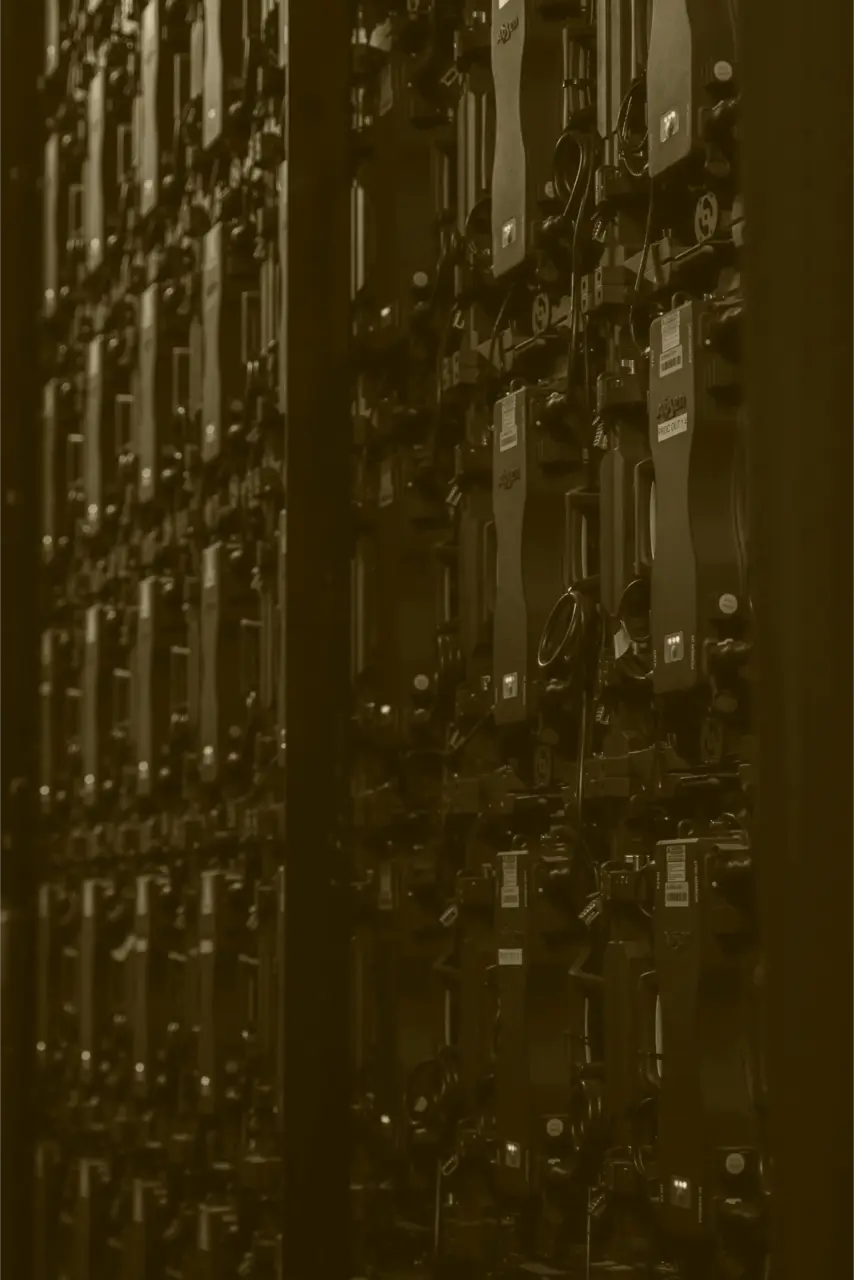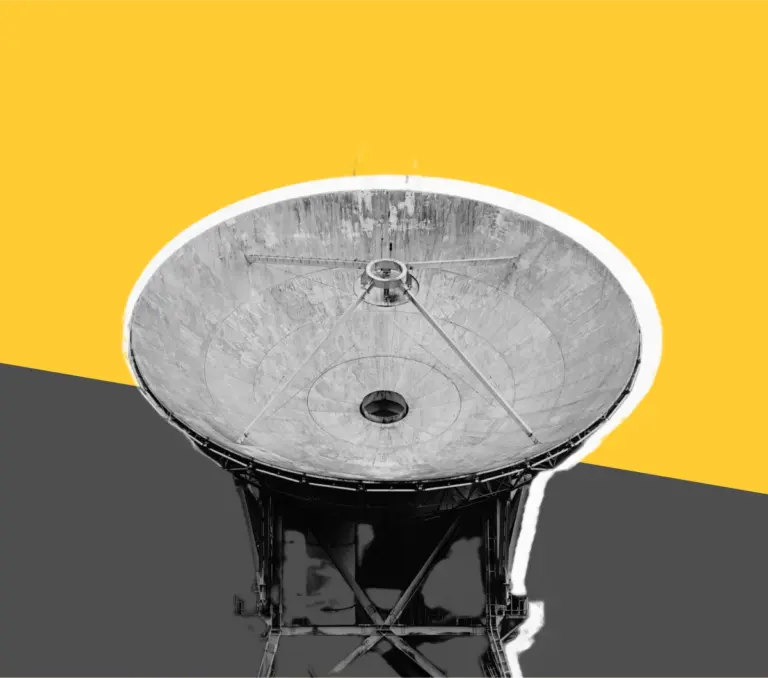Resolving Technical Debt for Enhanced System Reliability

CLIENT:
A global leader in advanced communication and digital solutions faced a critical challenge that many IT professionals can relate to: the accumulation of technical debt. The accumulation of technical debt was impacting system performance and maintainability. This wasn’t just about outdated frameworks—it was about an increasingly complex codebase with inconsistent structures, inefficient dependencies, and a lack of clear documentation. These factors made it harder for the development team to maintain and scale the system, affecting the company’s ability to grow.
CHALLENGE:
Outdated Frameworks
The company’s core communication platform had evolved over time with multiple teams contributing in different ways. This led to a mix of old and new code, making it difficult to upgrade frameworks without breaking functionality. The system had become fragile – changes in one area often caused unexpected failures in another.
Performance
As real-time data streaming capabilities expanded, the company faced severe performance issues – not just due to hardware limitations but due to inefficient code structures and ad-hoc fixes that accumulated over time. Poorly optimized partitioning and replication strategies in Kafka were symptoms of a larger issue: a lack of a cohesive, well-documented approach to handling large-scale data processing.
Maintenance
Developers spent over 40% of their time trying to untangle complex, undocumented code rather than building new features. This wasn’t just about maintaining old systems, it was about dealing with unpredictable interdependencies, unclear logic flows, and code written without long-term maintainability in mind.
Security
Security vulnerabilities weren’t just due to outdated libraries, they were a consequence of an overly complex and inconsistent codebase. Over time, as different developers applied temporary patches without fully understanding the whole picture, security gaps emerged. Without a clear structure or automated checks, critical vulnerabilities went undetected, putting system stability at risk.



SOLUTION:
REW Technology conducted an in-depth analysis using advanced quality gate tools. The findings went beyond outdated frameworks—they revealed deeply intertwined dependencies, redundant code paths, and a lack of standardized best practices.
1. Codebase Refactoring & Standardization
The team didn’t just update old frameworks: they restructured core components to improve maintainability. By implementing clean coding principles and removing unnecessary complexity, they ensured future scalability.
2. Performance Optimization
Rather than just tweaking configurations, REW Technology re-architected critical modules, eliminating redundant processing steps and optimizing data flow. This resulted in significantly lower latency and increased system throughput.
3. Development Best Practices & Governance
To prevent future technical debt accumulation, the team implemented automated code quality checks, enforced consistent documentation practices, and established a culture of proactive code reviews.
RESULT:
Within a few months, the once-unstable systems became robust and reliable, allowing the development team to shift from constant troubleshooting to proactive innovation.
The impact was immediately noticeable. The client’s core platforms, previously prone to crashes during peak loads, now handle traffic surges with ease. Performance metrics showed significant improvements across the board, with some critical operations running up to 10 times faster than before.
With technical debt no longer a concern, our client is free to prioritize meaningful innovation and create greater value for their customers.

Share:


